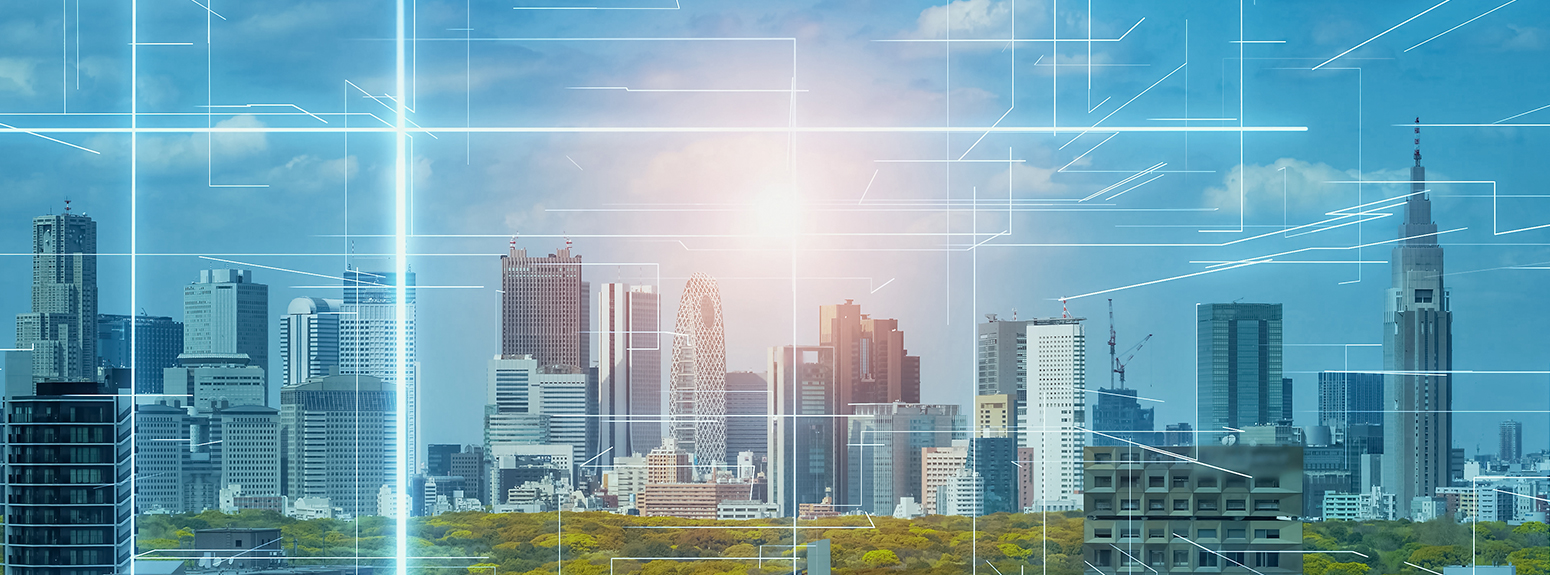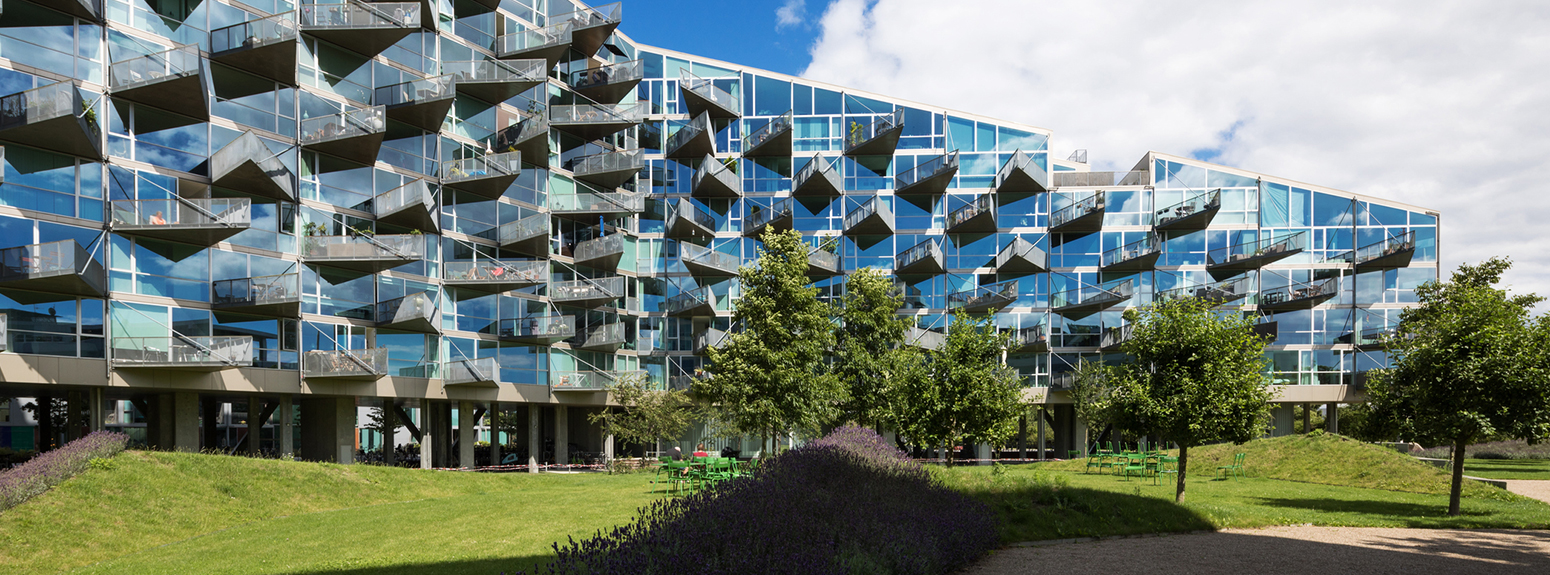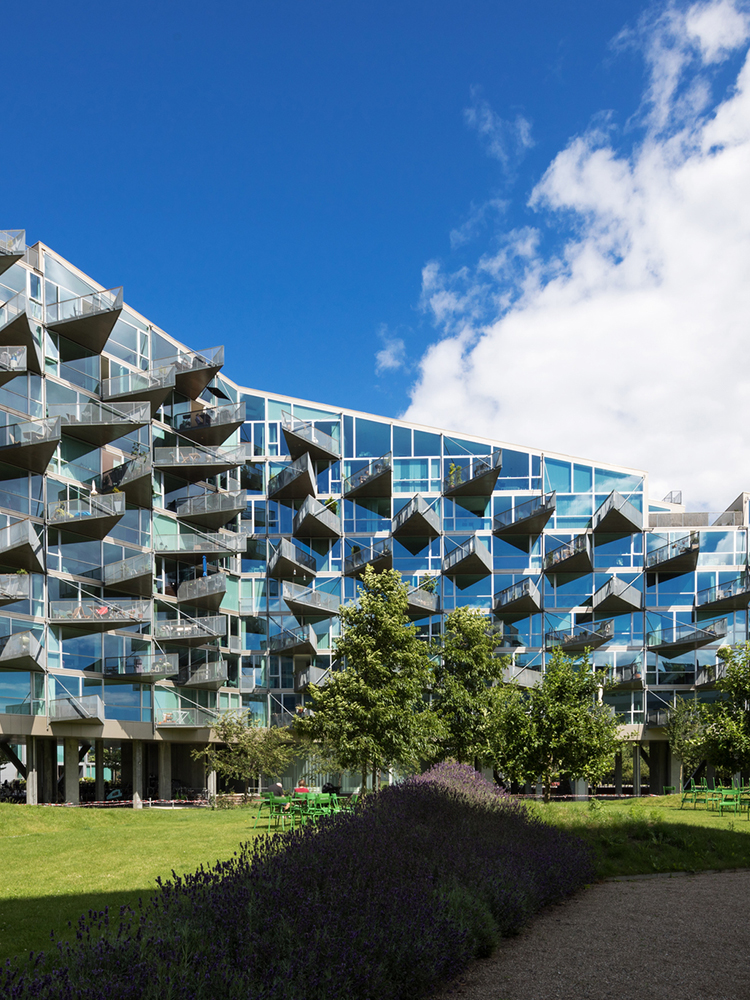Reurbanization and urban regeneration
A key focus of the analysis is the role played by reurbanization, understood as a strategy to regenerate degraded urban areas and promote low-emission, resilient environments. In this context, the contribution of the SRM research center has been pivotal.
Through its study “The Construction Supply Chain: Innovation, Sustainability and Growth Prospects”, SRM has shown how urban regeneration can act as a lever for social transformation, particularly in marginalized areas of Southern Italy.
The role of the New European Bauhaus (NEB) programme
The report also highlights the role of the European “New European Bauhaus” (NEB) programme, which promotes the creation of sustainable, beautiful, and inclusive spaces.
The NEB Facility, active from 2025 to 2027, aims to transform European neighborhoods through funding and innovative operating models, with a focus on circular materials, community participation, and social inclusion.
Circular paradigm in the building sector
To reinforce the circular vision of Smart Buildings, the Circular Economy Lab recommended including an excerpt from the study “Building Prosperity” by the Ellen MacArthur Foundation, a global reference think tank for the Circular Economy transition, with Intesa Sanpaolo as Strategic Financial Partner since 2016.
The study highlights the role and benefits the circular paradigm can bring to the construction sector. According to this analysis, a construction sector designed to be circular and nature-positive could generate up to €575 billion per year by 2035, creating value throughout the supply chain.
Benefits of the circular economy for Smart Buildings
The multiple benefits include:
• €363 billion from optimized design and sourcing;
• €111 billion from integrating nature into cities;
• €101 billion from regenerating underutilized urban assets.
Furthermore, the adoption of circular strategies is estimated to reduce EU CO₂ emissions by 5%, lower urban temperatures by 1 to 3°C, and create up to 4 million new jobs by 2030.
Conclusions
In conclusion, the report “Smart & Circular Buildings” shows how the combination of technological innovation, sustainable planning strategies, and circular economy principles can guide the transformation of urban environments toward more resilient, efficient, and inclusive models.
The synergy between research, policy, and investment represents a concrete path toward shared prosperity and the ecological transition, as evidenced by SRM’s contribution and the forward-looking vision of the Ellen MacArthur Foundation.



